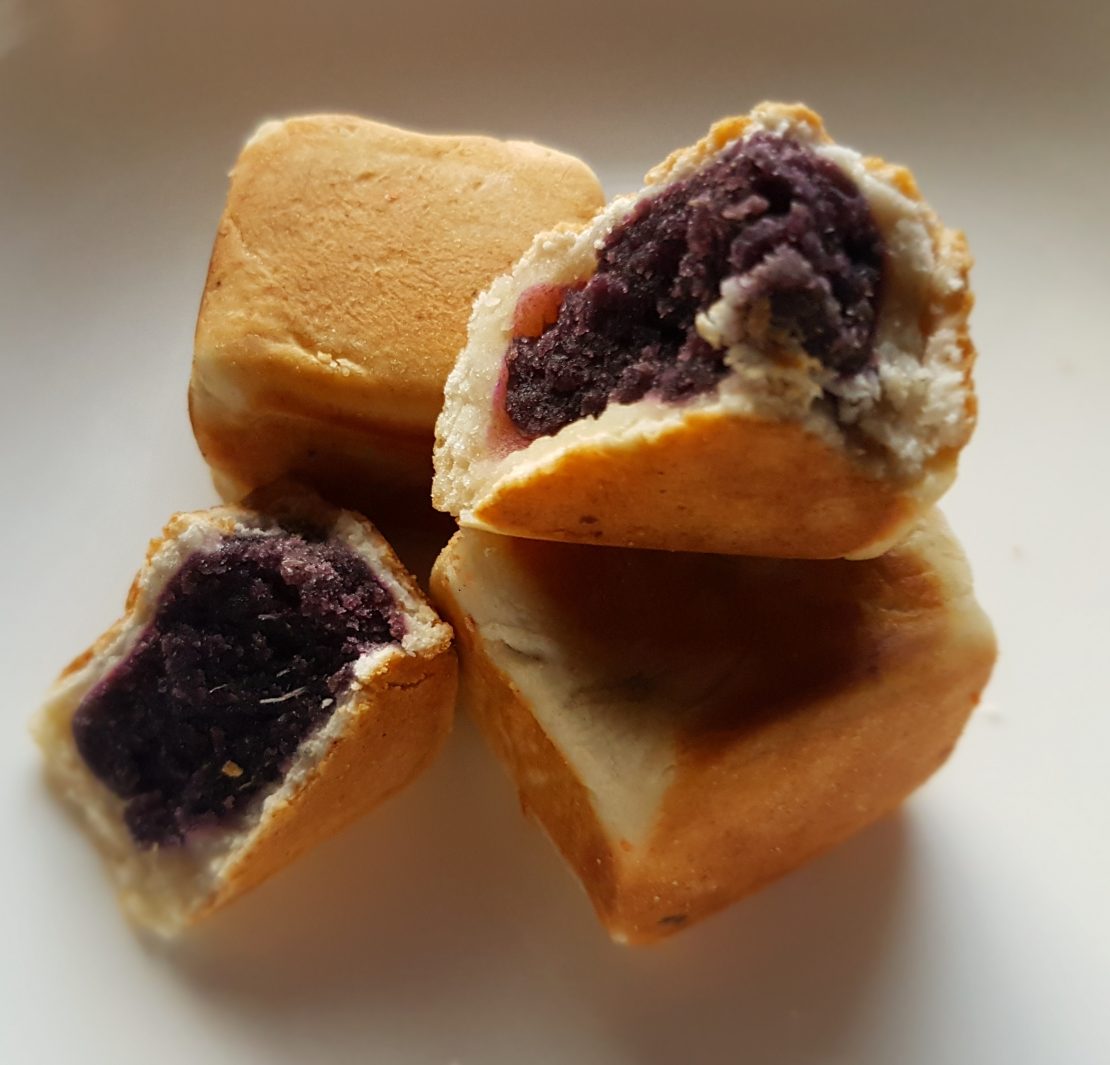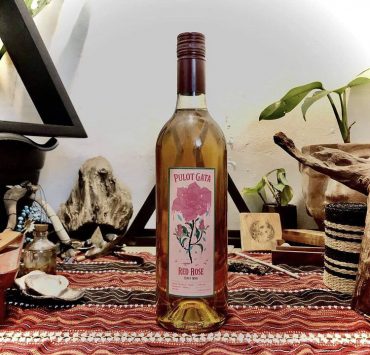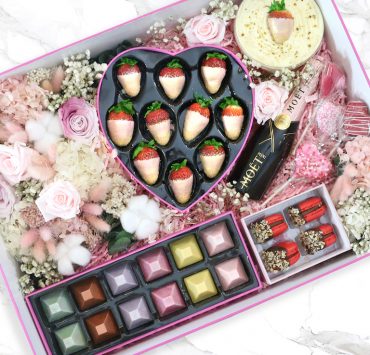When you ask Filipinos what their favorite Chinese food is, chances are, one of their answers would be hopia. Hopia, whose name is derived from the Hokkien word “ho-pia,” meaning “good pastry,” is a flaky pastry that resembles a mooncake with a filling that may be sweet or savory. The more popular fillings are mung bean paste, ube and mashed kundol (wintermelon) cooked in pork lard, hence hopiang baboy.
The hopia that we currently know was introduced by early Chinese settlers fleeing political conflicts in China. The Chinese-Filipino museum Bahay Tsinoy writes on its website that 90 percent of the Chinese here come from Fujian province or Hokkien, which explains why most of the Chinese food integrated into our cuisine originated from age-old recipes of classic dishes from those areas.
Keyword: originated. While we can trace hopia’s roots back to China, you won’t really be able to find the pastry completely identical to the ones currently in Binondo or Banawe when you’re in China.
Where hopia started
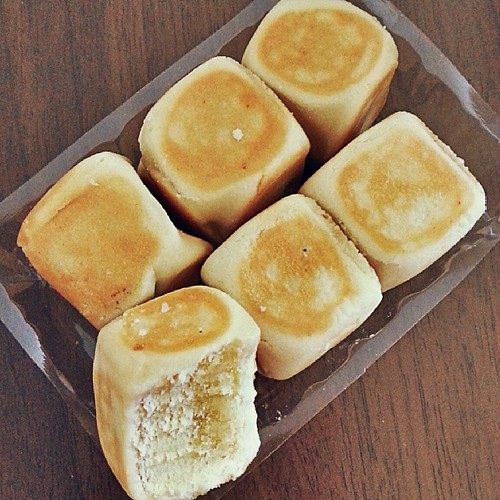
“Chinese food has evolved from its original Chinese Hokkien version or Cantonese version to a Filipinized version suited to the Filipino palate,” explains Bahay Tsinoy. This includes a lot of Chinese food that are popular among Filipinos like lumpia, pancit and of course, hopia.
[READ: There is no chop suey in China—and other dishes that aren’t actually Chinese]Hopia’s recipe is a local adaptation of the “pia,” the Hokkien name for a type of flat and round pastry. “Pia” is usually a filled pastry with a flaky outer coat. Other popular variations of this from neighboring countries are the bakpia in Indonesia and kompia in Taiwan and some parts of Southeast Asia.
“In Fujian, China, hopia’s closest relative still looks like what it used to 100 years ago—bean paste inside a creamy dough skin. Early Philippine versions sold in Quiapo were made from green beans and flour or red beans and flour,” writes Bahay Tsinoy on its website.
It is traditionally baked in a pugon fueled by charcoal—at least, according to local Chinese bakery Ho-land which has retained this way of making the pastry since its first store opened in the 1960s.
Why hopia had to be transformed
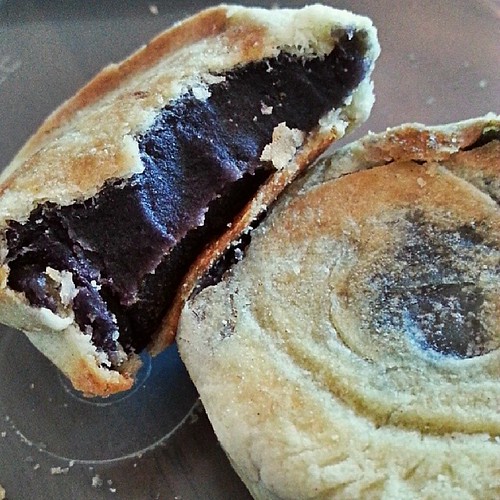
Considering how much we enjoy hopia these days, it’s pretty difficult to imagine that at one point, the flaky pastry wasn’t that popular among Filipinos. This was partly because its original version tasted a bit bland for our palate. We’re talking about people who love their sinigang cooked the sourest and their laing made the spiciest, after all.
After inheriting Eng Bee Tin from his grandfather who founded it in 1912, entrepreneur Gerry Chua created the very first hopiang ube to cater to Filipino taste.
The idea stemmed from a conversation that Chua had with a saleslady at a grocery store who told him that ube was the best-selling ice cream flavor locally. This piece of information turned out to be the key in making the pastry sweet enough and thus appealing to Filipino consumers who are always looking for a burst of flavor in their food. Since then, hopiang ube became Eng Bee Tin’s signature product until other bakeries started selling it in the 1980s.
You’ve also probably heard of hopiang Hapon—now cue the head scratches and the “so is this pastry Japanese?” queries. The answer is still a yes and no. Hopiang Hapon borrows elements from the Japanese way of making pastries and combines it with the localized version of hopia.
In an interview with the Inquirer in 2017, Bahay Tsinoy’s managing director Meah Ang See says, “Older-generation Chinese explained that hopiang hapon is named as such because the old hopia makers used the Japanese version [of making mooncakes] instead of the Chinese version. It was a more desirable product because it stored well and was easier to make than the flaky Chinese version.”
With its rich history, hopia is another culinary proof of how our culture has evolved and developed over the years by absorbing other cultures and being influenced by them. We adapt and tweak foreign customs to suit our existing traditions, practices, beliefs and living conditions, resulting in a reinvention that we can call ours.


